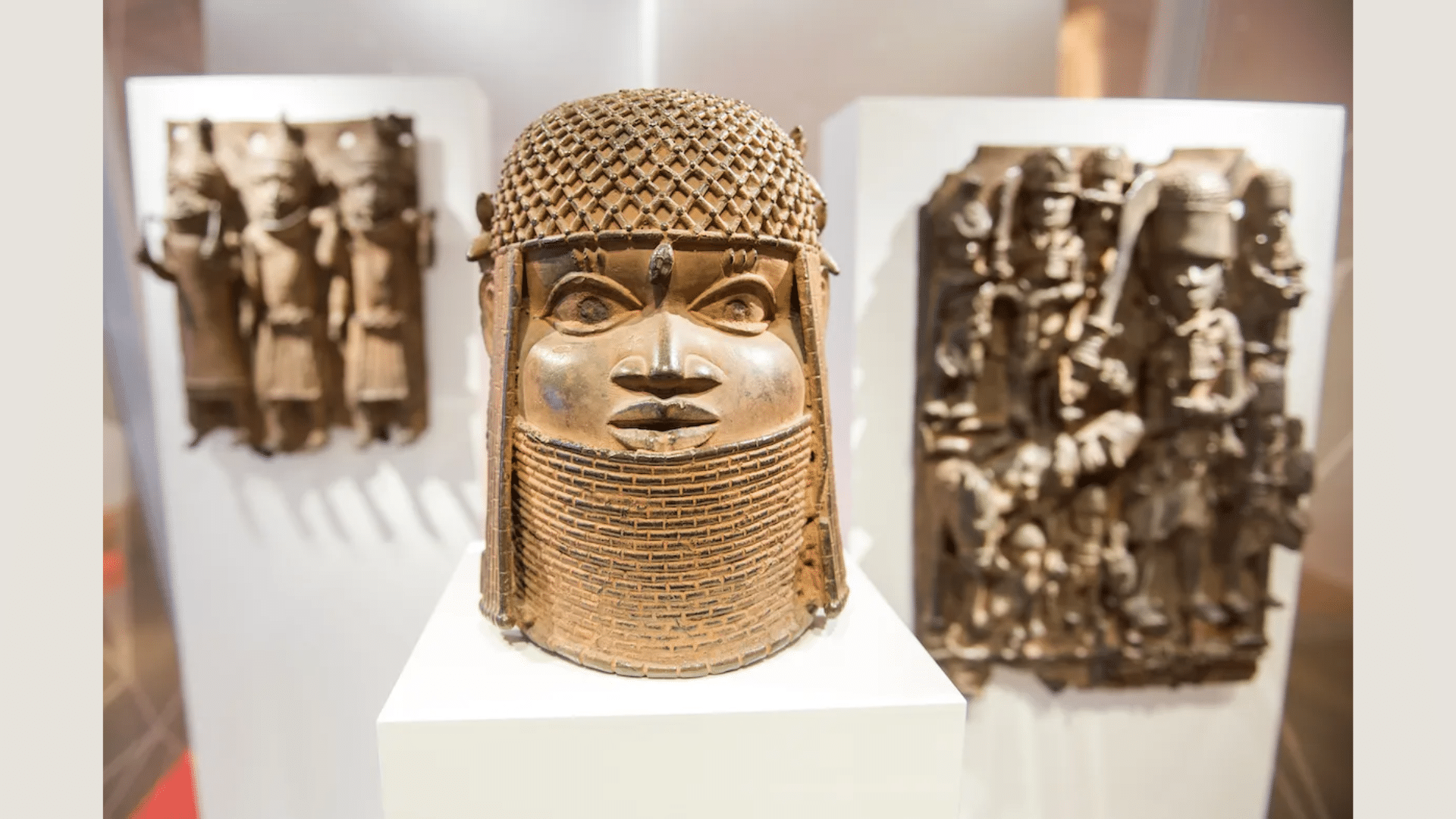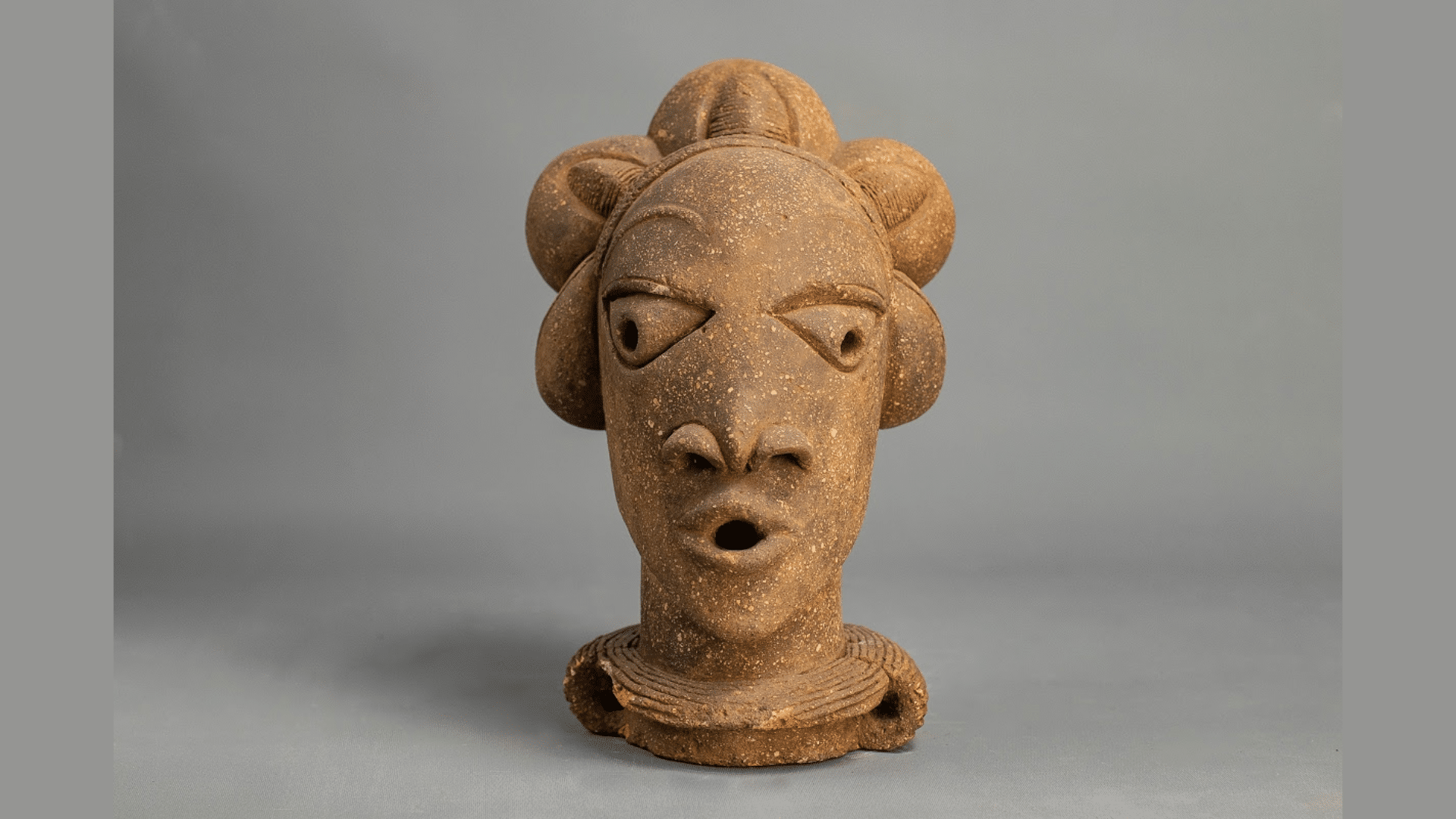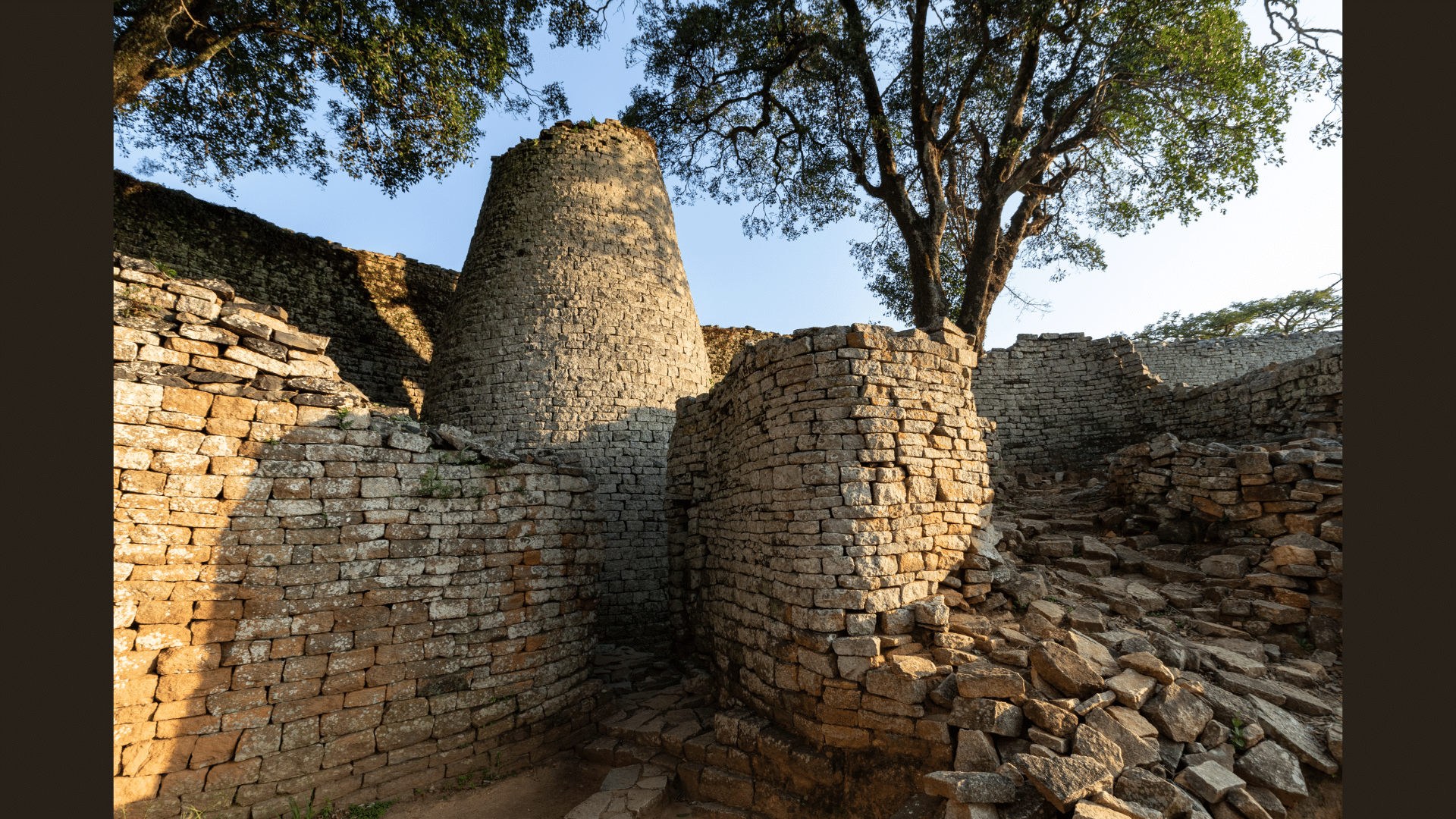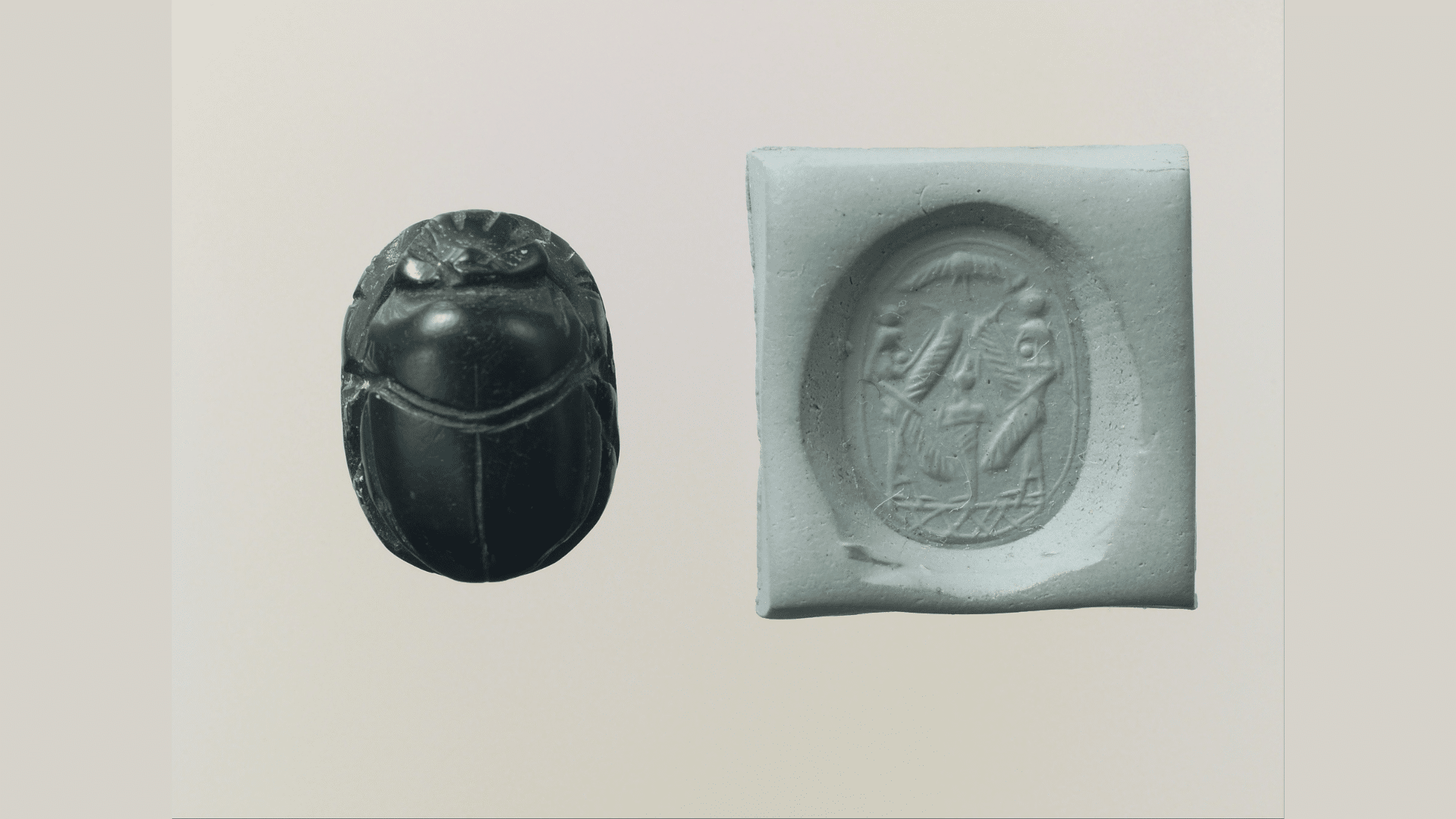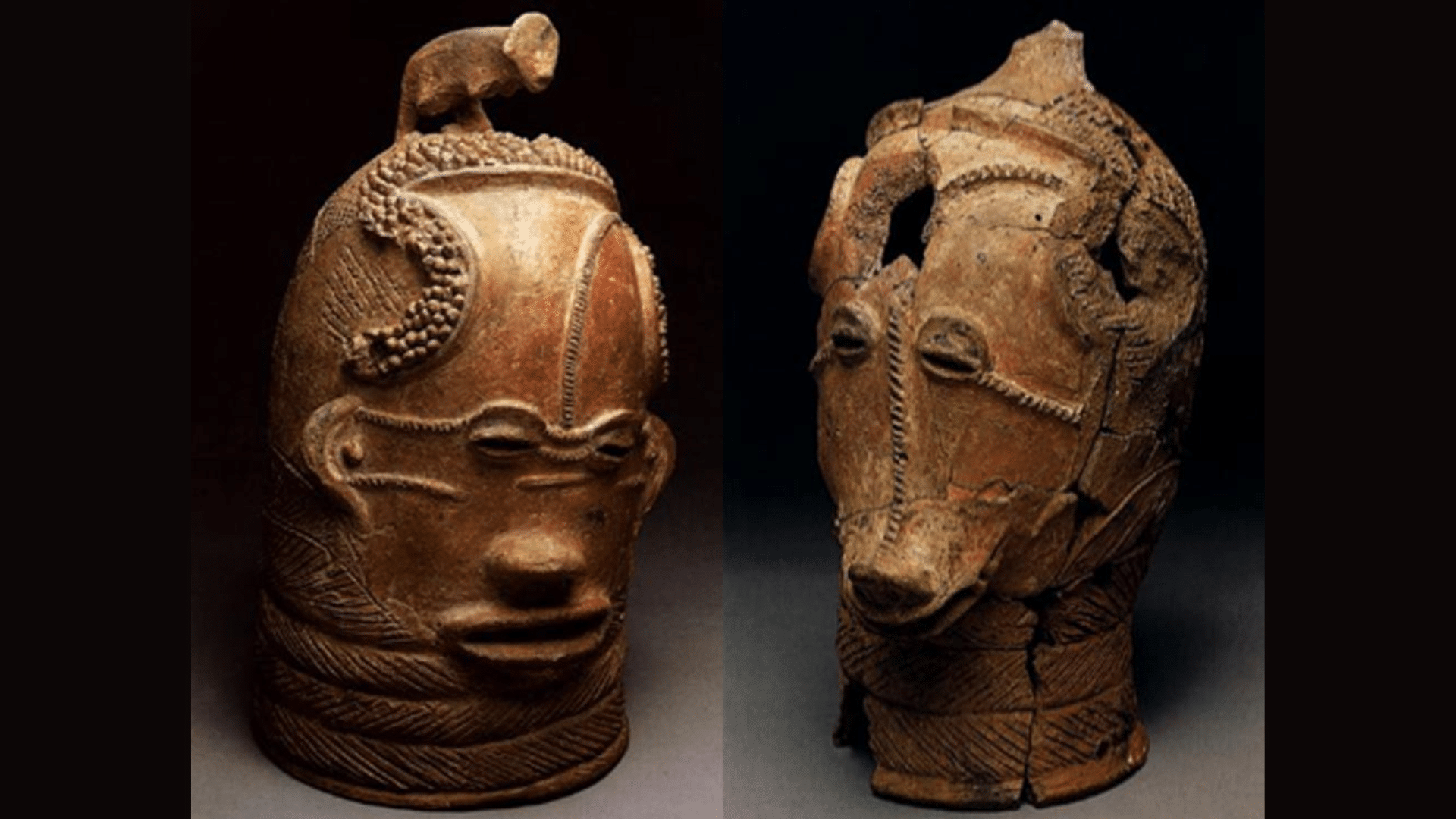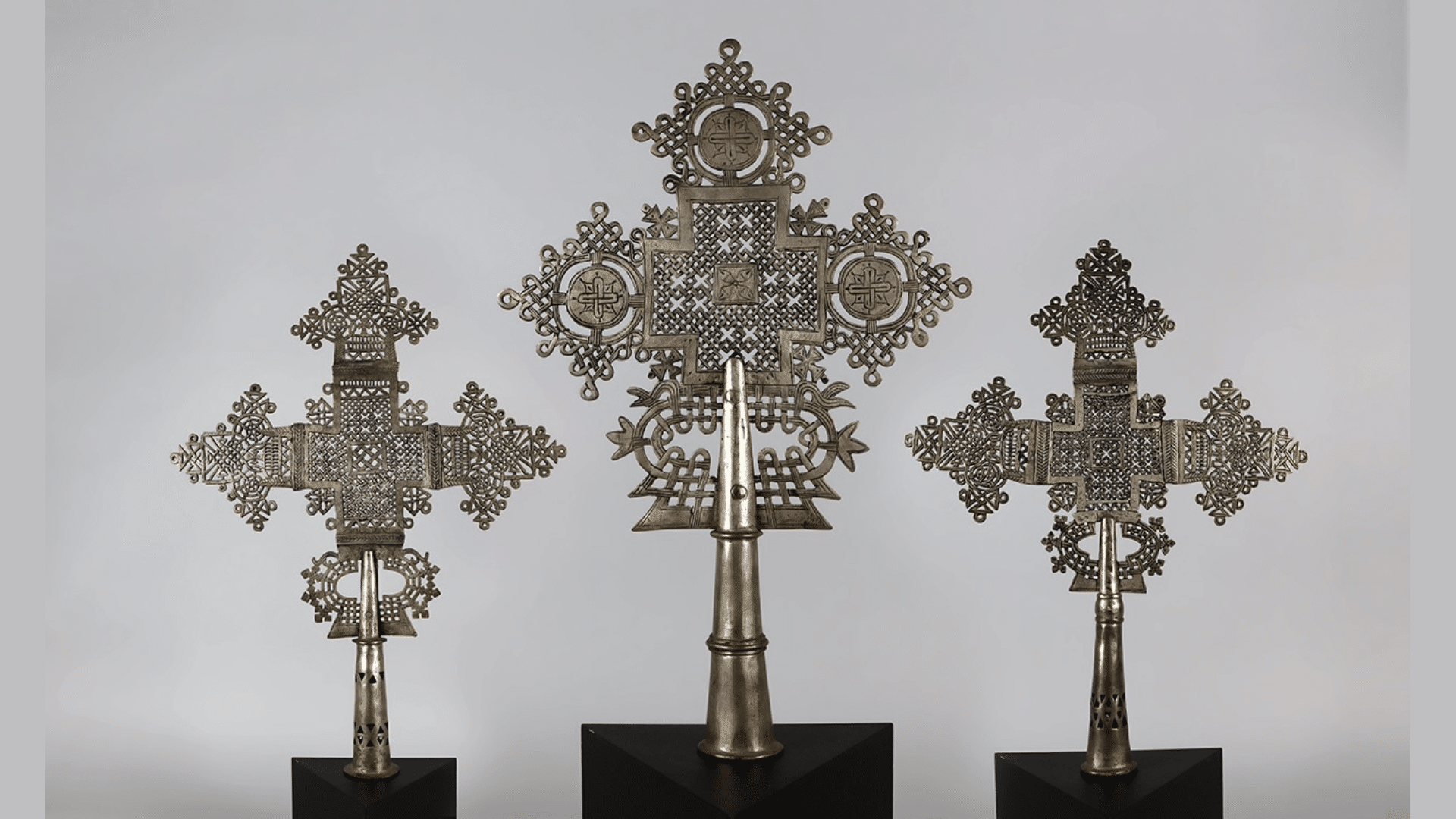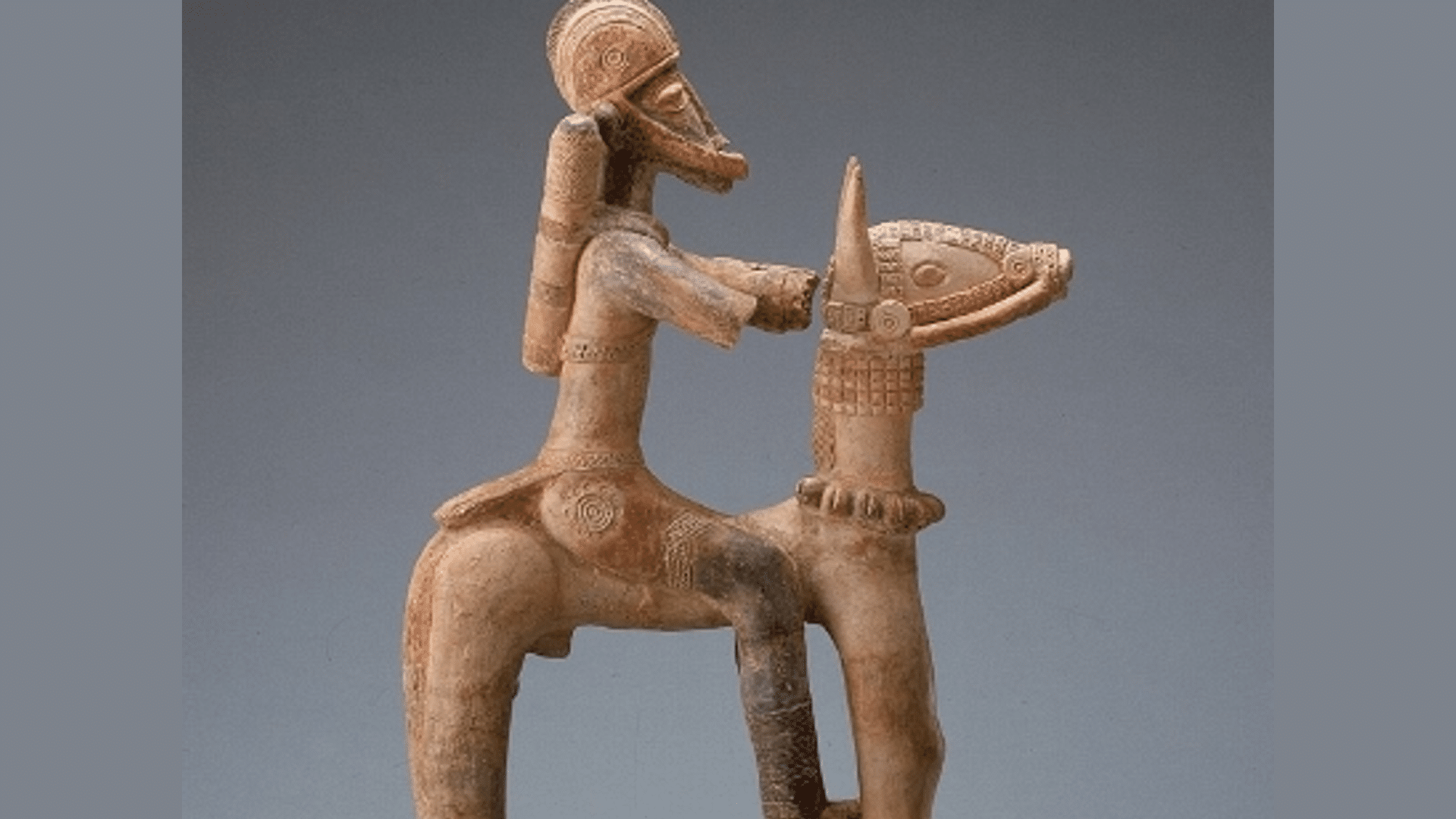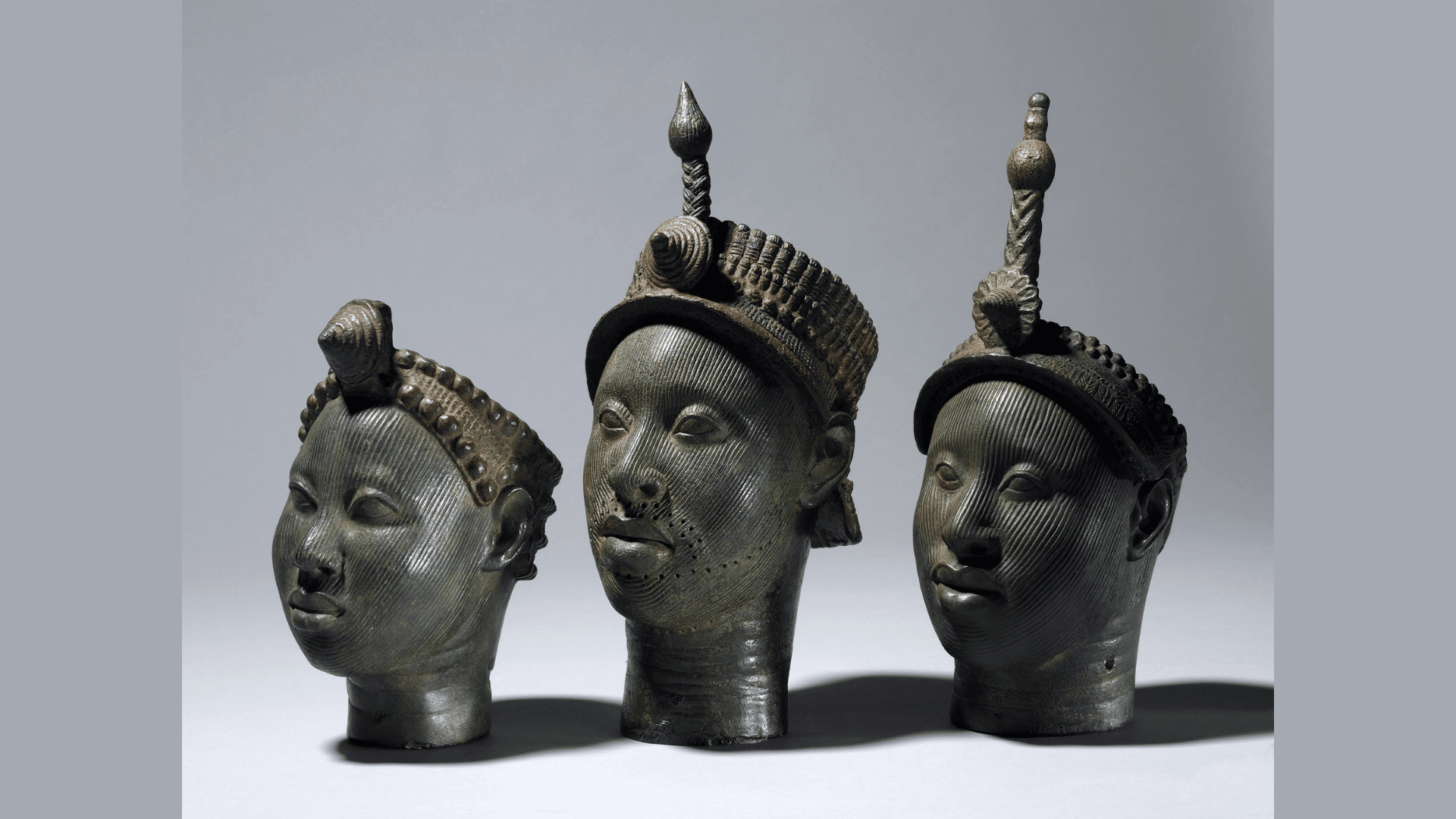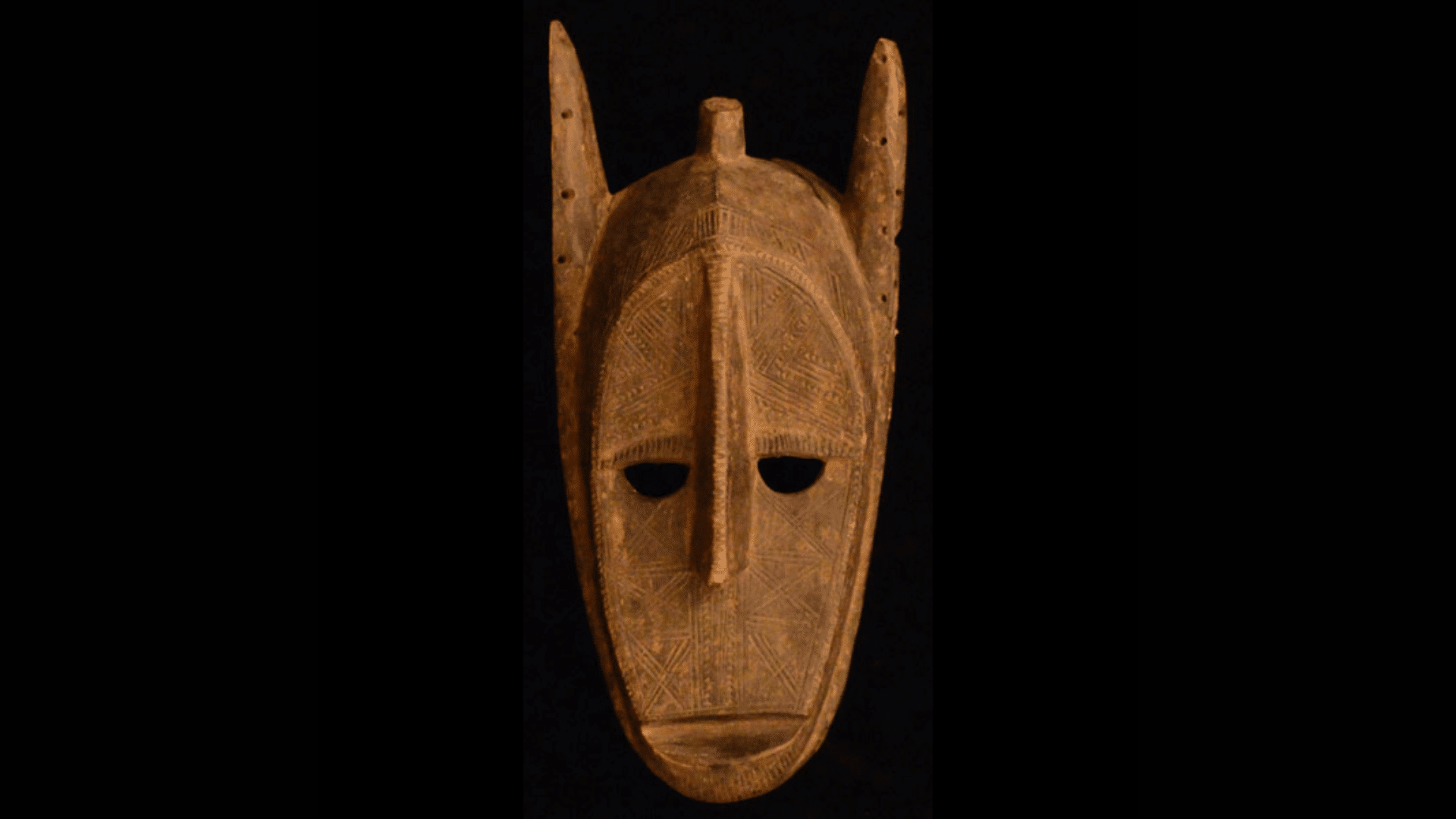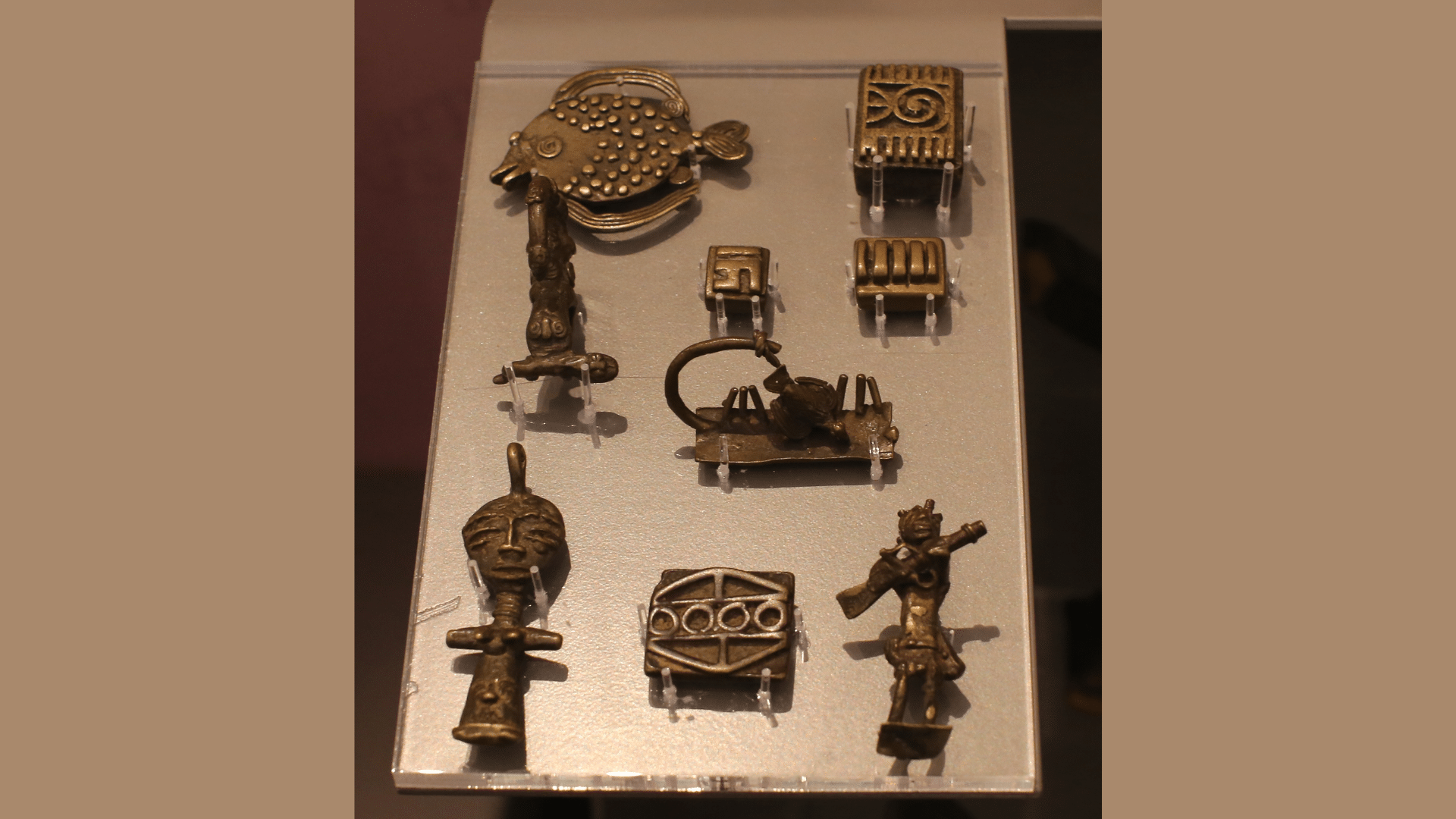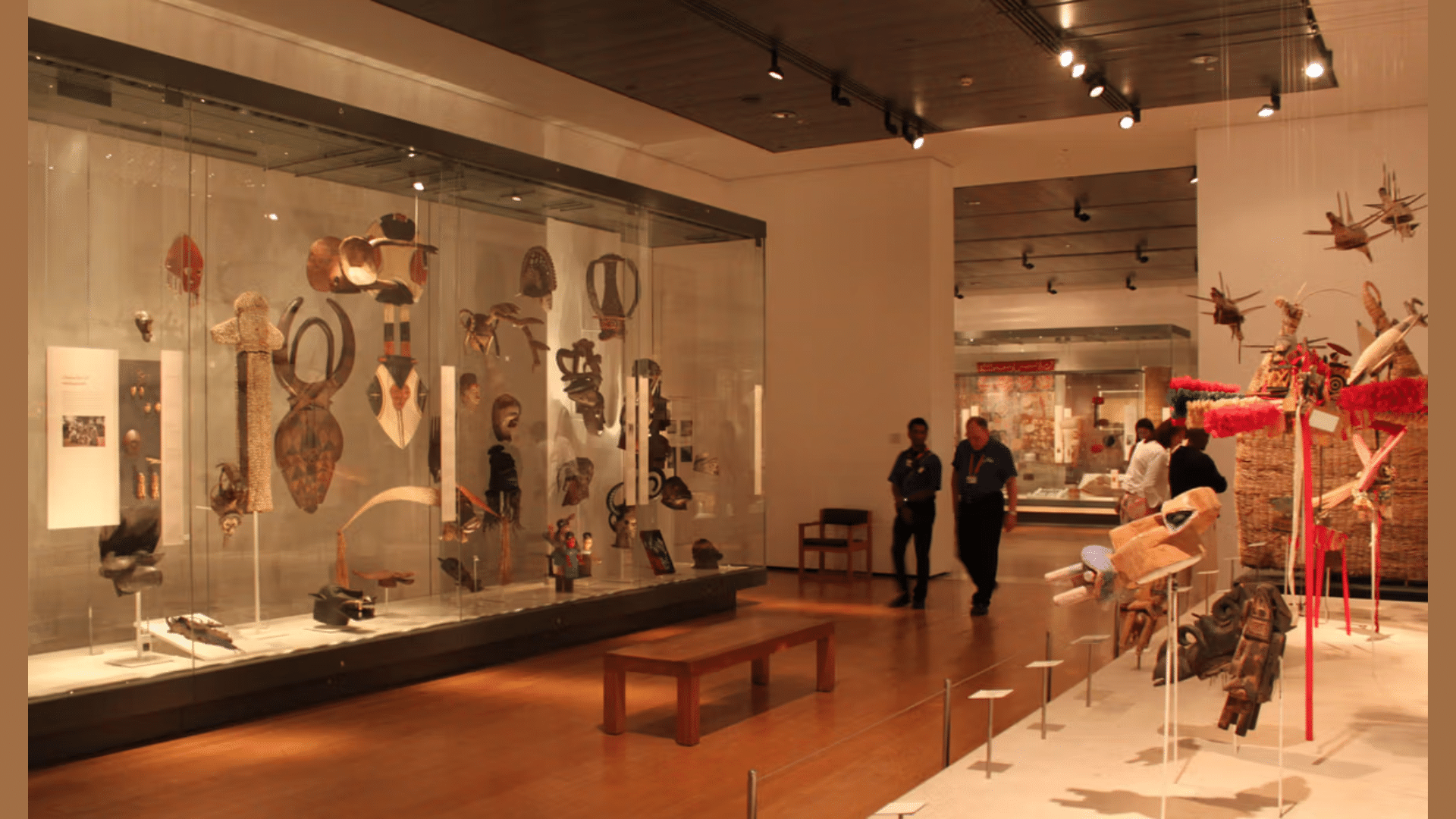Africa’s rich history speaks through its artifacts. These ancient items tell stories of past cultures and customs across the vast continent.
Each piece offers a window into how people lived, worked, and built communities thousands of years ago.
From pottery with intricate patterns to tools demonstrating early human skills, these objects reveal Africa’s key role in world history.
Museums worldwide display these treasures, yet many remain in their home countries, valued by local communities.
This blog will talk about notable African artifacts and what they reveal about the continent’s deep historical roots.
What are Ancient African Artifacts
Ancient African artifacts are items made by people who lived in Africa long ago. These objects include tools, pottery, statues, masks, beads, and other things created and used in daily life.
They date from thousands of years back to more recent times. Each piece tells us something about how people lived, what they believed, and how they saw the world.
These artifacts vary greatly across regions, showing the many different cultures that thrived throughout the continent.
Some were used for practical tasks, while others had religious or social meaning. What makes these items special is how they help us piece together Africa’s past when written records might not exist.
Historical Background
Africa has a vast history of human creativity that goes back to our earliest ancestors. The continent saw the birth of human tool-making and art.
Over time, as communities grew and changed, their artifacts became more complex. Different regions created distinct styles based on local materials, needs, and beliefs.
Trade between groups spread ideas and methods across vast areas, leading to shared features in some artifacts.
- Stone tools found in East Africa date back over two million years
- Ancient Egypt created detailed artifacts from 5000 BCE onward
- West African bronze works show high skill in metal casting
- Terracotta figures from the Nok culture date to 500 BCE
- Artifacts often link to spiritual practices and royal courts
Cultural Significance of Ancient African Artifacts
Ancient African artifacts carry deep cultural meaning beyond their physical form. These objects connect present generations to their ancestors and heritage.
Many pieces served important roles in ceremonies, governance, and spiritual practices. Some artifacts marked key life events like birth, marriage, and death.
Others showed social status or recorded history through symbols. Today, these items help communities maintain their identity while teaching others about Africa’s rich past.
| CULTURAL ASPECT | SIGNIFICANCE |
|---|---|
| Religious Practices | Masks and figures used in rituals to contact spirits and deities |
| Social Structure | Royal items showed power and authority of leaders |
| Knowledge Transfer | Artifacts with symbols passed down stories and wisdom |
| Community Identity | Distinct styles marked group membership and cultural borders |
| Artistic Expression | Skilled craftwork displayed cultural values and aesthetic views |
| Life Transitions | Special objects marked important stages like adulthood or marriage |
Examples of Ancient African Artifacts
Africa’s history has produced countless remarkable artifacts across its many regions and time periods. These objects show the range of materials, skills, and purposes found throughout the continent.
From tiny beads to massive structures, each piece offers insights into past lives. Here are some notable examples of ancient African artifacts that have helped scholars piece together the continent’s rich historical record.
1. Benin Bronzes
The Benin Bronzes include hundreds of metal plaques and sculptures made in the Kingdom of Benin from the 1300s to 1800s.
Crafted using lost-wax casting, these works show court life, warriors, and animals with amazing detail. They once decorated the royal palace in what is now Nigeria and stand as some of Africa’s most famous artworks.
- Created by skilled guild artists working for the Oba (king)
- Made from brass, bronze, and copper alloys
- Show historical events and important royal figures
- Features detailed clothing, weapons, and symbols of status
- Many were taken during the British colonial raid in 1897
2. Nok Terracottas
The Nok terracotta figures come from central Nigeria and date back to around 500 BCE to 200 CE. These clay sculptures show human heads and bodies with distinctive styles.
They represent some of the earliest known sculptures from sub-Saharan Africa and display a unique artistic tradition.
- Feature large heads with detailed hairstyles and facial features
- Many show seated figures or just heads and torsos
- Made from coiled and hand-formed clay, then fired
- Show jewelry, clothing, and body markings
- Found mostly in fragments due to their age
3. Great Zimbabwe Ruins
Great Zimbabwe is a stone city built between the 11th and 15th centuries. Its walls stand without mortar, using carefully fitted stones.
The site served as the capital of the Kingdom of Zimbabwe and shows advanced building methods and social organization in southern Africa.
- Features walls up to 36 feet tall and 20 feet thick
- Built using granite blocks cut to fit without cement
- Includes the Great Enclosure, Hill Complex, and Valley Ruins
- Had areas for different social classes and activities
- Contains artifacts showing trade with distant regions
4. Egyptian Scarab Seals
Scarab seals were common in ancient Egypt from around 2000 BCE onward. These small beetle-shaped objects served as stamps, amulets, and jewelry.
Made from stone, clay, or faience (glazed ceramic), they often carried inscriptions and symbols for protection or status.
- Shaped like dung beetles, which symbolized rebirth in Egyptian belief
- Used to seal documents and containers
- Often carried the names of officials or pharaohs
- Some were placed with the dead for protection
- Show fine carving skills and artistic styles of their periods
5. Lydenburg Heads
The Lydenburg Heads are seven terracotta masks found in South Africa dating to around 500 CE. These hollow clay heads may have been worn as masks or used as containers.
They represent some of the oldest known artwork from southern Africa.
- Show human and animal-like features with raised bumps
- Have holes for eyes and mouths suggesting ritual use
- Range in size from small to nearly life-sized
- Connected to early Iron Age farming communities
- Display both realistic and symbolic elements
6. Ethiopian Crosses
Ethiopian processional crosses date back to the 4th century CE when Christianity arrived in Ethiopia. These metal crosses have intricate patterns and are mounted on staffs for church ceremonies.
They show the unique blend of Christian and local artistic styles.
- Made from brass, bronze, or silver
- Features openwork designs with geometric patterns
- Used in religious processions and blessings
- Show regional variations in style and decoration
- Often includes symbols from both Christian and older traditions
7. Mali Terracotta Djenne Figures
Terracotta figures from the inland Niger delta region, especially around Djenne in Mali, date from the 13th to 17th centuries.
These clay sculptures show people, animals, and mythical beings. They often served ritual purposes and show the artistic skill of the area.
- Display seated figures, riders, and standing people
- Show detailed clothing, hairstyles, and body decorations
- Many were found in burial contexts
- Features both realistic and stylized elements
- Provide insights into social roles and daily life
8. Ife Bronze Heads
The bronze and brass heads from Ife in Nigeria date to the 12th-15th centuries. These incredibly lifelike portraits show rulers and important people from the Yoruba city-state of Ife.
Their naturalism and casting quality rank among the finest metal sculptures in world art.
- Cast using the lost-wax method with great skill
- Show facial markings, elaborate headdresses, and jewelry
- Have a naturalistic style unusual for the time period
- Made from copper alloys with high zinc content
- May have been used on altars or as royal memorial objects
9. Dogon Masks
Dogon masks from Mali have been made for centuries for use in important ceremonies. These wooden masks take many forms, including animal shapes, human faces, and abstract designs.
They play key roles in funerals, initiations, and seasonal rituals.
- Carved from single pieces of wood
- Used in dances that connect the living with ancestors
- Include the famous kanaga mask with its cross-shaped upper section
- Often painted with natural pigments
- Passed down through the family lines of mask carvers
10. Akan Gold Weights
From the 1400s to the early 1900s, Akan gold weights from Ghana and Côte d’Ivoire were used. These small brass figures measured gold dust in trade.
Beyond their practical use, they display a rich visual language with proverbs, animals, and human figures.
- Come in many shapes, including geometric forms and figurative designs
- Used in the gold trade within West Africa and with Europeans
- Serve as visual reminders of cultural sayings and stories
- Made using lost-wax casting techniques
- Some show everyday scenes while others have royal or spiritual themes
Preservation of Ancient African Artifacts
Keeping ancient African artifacts safe presents many challenges. These items face threats from climate, theft, conflict, and natural aging.
Museums, local communities, and global organizations work together to protect these treasures. Their efforts include careful storage, repair work, digital recording, and creating the right display conditions.
- Climate control: Items made of wood, clay, and organic materials need specific temperature and humidity levels to prevent damage from mold, insects, and cracking.
- Documentation: Detailed records, photos, and 3D scans create backups of artifact information and help track items that might be stolen or damaged.
- Conservation treatment: Skilled experts clean, stabilize, and repair damaged pieces using methods that respect the original materials and cultural context.
- Security measures: Alarm systems, secure cases, and trained staff protect artifacts from theft and vandalism in museums and storage areas.
Final Thoughts
This overview of ancient African artifacts highlights their importance in understanding Africa’s rich history.
From the detailed Benin Bronzes to the impressive stone walls of Great Zimbabwe, these objects tell stories that written history might miss.
Each artifact reveals insights into people’s lives, beliefs, and societal structures. The craftsmanship in these items highlights the advanced craft and art of early African cultures.
Museums and communities protect these treasures, keeping knowledge alive. Studying and saving these objects honor their makers and teach us from their wisdom.
Ancient African artifacts remain key tools for learning about human history and the many cultures that have shaped our world.


